The History of PKM, the Most Common Machine Gun In the World. Part 5

In Part 1 of this article, I wrote about the beginning of the Kalashnikov machinegun story, Part 2 was dedicated to the bureaucratic hoops he initially had to jump through, Part 3 described the technical triаls and competition between the Kalashnikov and his rivals, Nikitin and Sokolov. Part 4 was about troop trials. In this chapter, I will talk about the end of the trials and their results.
By the fall of 1960, all trials of machine guns were over. Troops generally favored Kalashnikov machinegun over his rival Nikitin, but that didn’t guarantee the victory.
One important opinion leader, the commander of an officer school “Vistrel” near Moscow subscribed to the idea of “my way or the highway” and in every argument he dismissed Kalashnikov’s explanations about the advantages of his machine gun.
The reputation Kalashnikov had by that point was only making things worse - one of his team members recalled an interesting conversation he heard when the school commander lost his temper and said:
"The army knows what it needs, and I won’t be lectured by some weapon designer. Who even gave you the authority to talk to me like that? The fact that your portraits are hanging here does not make you special."
As many times before in his life, Kalashnikov managed to hold back.
"Well, keep in mind I wasn’t the one who put my portrait here. And if it bothers you, you can always take it down, comrade general."
Troop trial results
By the time troop trials of PK started, the Soviet Army already used AKs for a while.
The overall results of the trials were inconclusive, both machineguns had unresolved issues.
Nikitin’s machinegun jammed after soldiers submerged in the water mixed with mud. Occasional jamming of the belt in long bursts and attempts to hide this problem were also concerning.
The Nikitin’s machine gun had more recoil, so soldiers complained that when they had to shoot quickly, without proper cheek weld, the recoil could hurt the jaw and cheekbone.
The main issue with PK was discovered during testing in Central Asia. When a barrel of PK was detached during the field strip, the gas tube along with the bipod was not attached to the receiver in any way. A soldier could drop it during disassembly or even lose it altogether.
Kalashnikov's team had only 30 days to find a solution, but everything they came up with seemed too complicated. On the 24th day of the constant brainstorming, Kalashnikov asked everyone to leave him alone. The next day he showed to the team a T-shaped spring he had made overnight.
It was installed over the gas tube and attached the gas tube and bipod to the receiver. Without any tools, with a simple press of a thumb, you now could detach it from the receiver.
On day 28, the factory sent the machine gun back to the unit in Central Asia that originally requested changes. The officers liked that their feedback was properly addressed, tested the new feature, and confirmed that their vote now goes to Kalashnikov and his team.
The final battle
A couple of months after all testing was complete, Kalashnikov was visiting Moscow to show his old friend Deikin the new PK prototype. He called his office, but instead of a friendly greeting, he heard:
"Kalashnikov? Why the hell you are not in the Small Arms Research Institute in Klimovsk?"
"What do you mean?" - responded Kalashnikov - "Why do I even need to be there? What is going on?"
Apparently, a lot was going on. That day at 10.00 the small arms research institute in Klimovsk had organized a conference which would make the final decision regarding Kalashnikov and Nikitin machineguns.
Everyone was invited: Deputy Minister of Defense, commanding officers from all the units that tested the machine guns, Nikitin and his team. The only person that would be missing was Kalashnikov.
The Ministry of Arms Industry decided to strike back - their careers and promotions depended on the success of the Nikitin GPMG and they had no intention to give up just because Kalashnikov’s machine gun happened to be better.
By himself, Kalashnikov had no way to get into this conference. The Small Arms Research Institute is a highly classified government facility, to get in, you need a pass that is requested in advance. The author of this article experienced it firsthand, spending hours in front of those gates only to go home at the end of the day.
In the final part of the article, I will talk about the meeting that decided the destiny of Kalashnikov GPMG.

Vladimir Onokoy is a small arms subject matter expert and firearms instructor. Over the years he worked in 20 different countries as a security contractor, armorer, field analyst, product manager, and consultant. His articles were published in the Recoil magazine, Small Arms Review, Small Arms Defence Journal, Overt Defense and Silah Report. He also worked as the historical consultant for movies and weapon history books, namely "Vickers Guide: Kalashnikov" series, "Small Arms of WW2: Soviet Union" and the 3rd edition of "AK-47: The Grim Reaper". Email: machaksilver at gmail dot com
More by Vladimir Onokoy






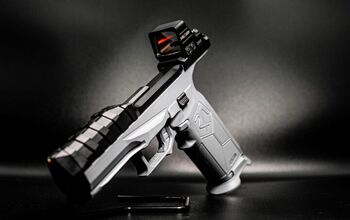








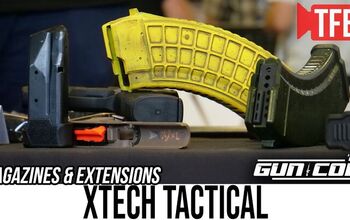


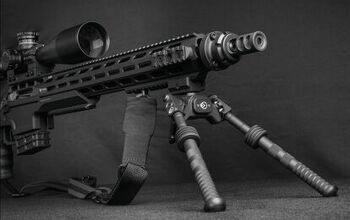
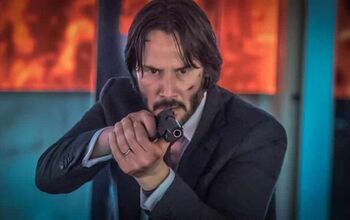

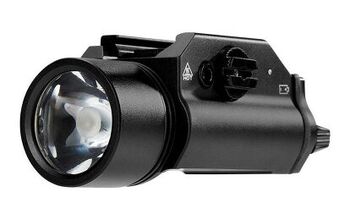
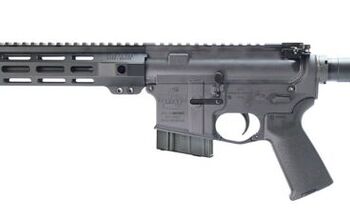

Comments
Join the conversation
Probably could have wrapped it up in this part. This one was too short
I hope there will be a segment on the current NATO caliber PKM's being made
by Poland and Bulgaria in 7.62 x 51 nato/.308 caliber .
Specially as all soviet/russian medium machine guns had to have thier action
designs taken into consideration the use of the rimmed 7.62 x 54R rimmed
cartridge .